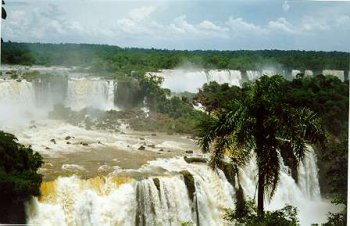ENGLISH
DEPARTMENT
IGUAÇU
The Falls and Itaipu Dam
12
beautiful photographs in jpg format
(please allow them time to load)
Iguaçu:
[the falls] [flora and
fauna]
Parati:
[getting there][the isles][the
architecture][Parati-Mirim]
sattelite
view
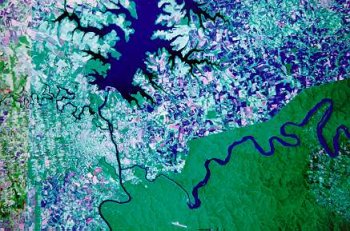
Iguaçu river at the bottom.The falls are the hook in the middle
before the river thins
and meets the Paraná. It flows then towards
Itaipu
Dam, the
flooded area at the top
Iguaçu, the name of the river and the falls, is a Tupi-Guarani word meaning "great water".
Arising in the coastal mountains of the states of Paraná and Santa Catarina (the Serra do Mar) at an elevation of 1300 metres, the River Iguaçu follows a meandering course west for 600 km to join the Paraná river. The falls are 20 km east of this junction, which forms the tripartite Brazilian, Paraguayan and Argentine border. The 275 falls are over three km wide and 80 metres high, which makes them wider than Victoria, higher than Niagara and more beautiful than either.The falls are unequally divided between Brazil and Argentina, with Argentina taking the larger portion.The Brazilian-Paraguayan border is spanned by the Ponte da Amizade and 15 km upstream is Itaipu, the world's largest hydroelectric project. Fortunately the dam does not affect the flow of water in Iguaçu but has, however, destroyed Sete Quedas (the world's largest waterfall, with 30 times of water spilled by Iguaçu).In 1986 the International commission of UNESCO declared the region a World Heritage Site.
Although the Brazilian side has a smaller chunk of the falls, it is from there that you have the Grand View across the river to the roaring falls.

The Brazilian park is also larger, with
1550 sq km of rainforest which shelter a number of different species.
The Argentine
side is noted for its close-up views
of the falls and the forest
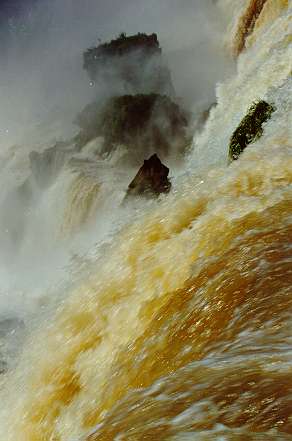

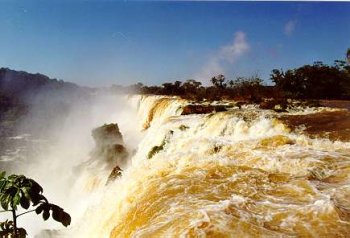
The volume
of the water varies greatly during the year being highest in winter
in the southern
hemisphere.

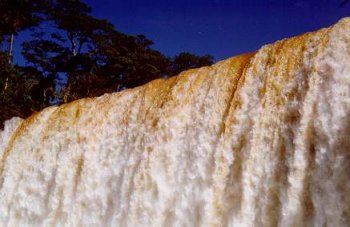
The world's largest hydroelectric works, Itaipu has the capacity to generate 12,6 million kilowatts and supply the energy needs of Paraguay and southern Brazil.The concrete used in this dam could have paved a two-lane highway from Moscow to Lisbon.
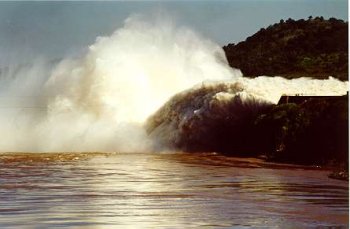
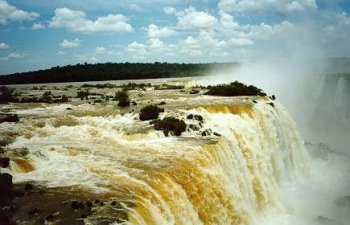
The rate of flow over the falls is about 62,000 cu.ft. per second for mean anual volume, which under extreme flood conditions may reach more than 450,000 cu.ft. per second.
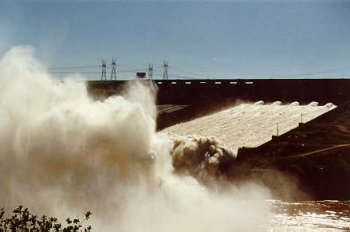
All Rights Reserved.
No material appearing on any of these pages may be reproduced without prior written permission.
photographs by Christophe Gally
sources:
Lonely Planet
Encyclopaedia
Britannica
